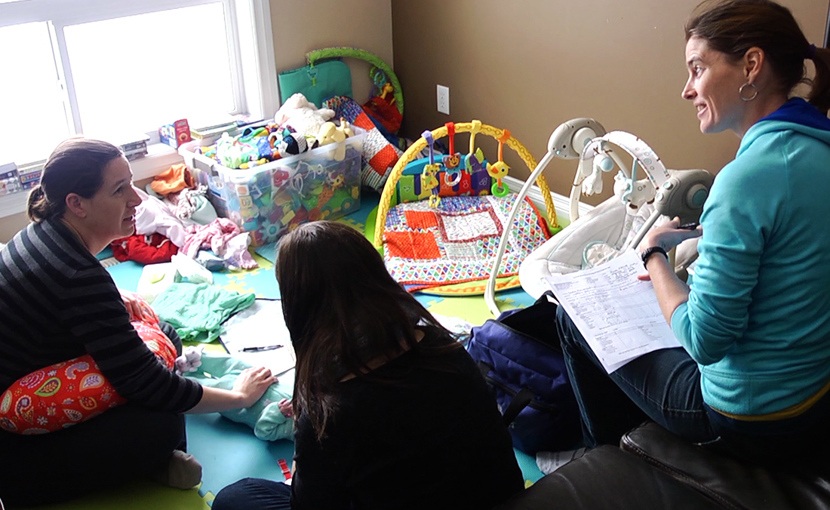Midwife
Midwives are primary health-care providers. They are considered experts in normal pregnancy, birth, and the postpartum period. They screen for physical, psychological, emotional, and social issues. They are trained to order and interpret tests and discuss results and can prescribe a range of pharmaceutical medications, as needed. They refer to medical and other specialists when needed, but generally can provide the care a family needs during pregnancy and birth.



